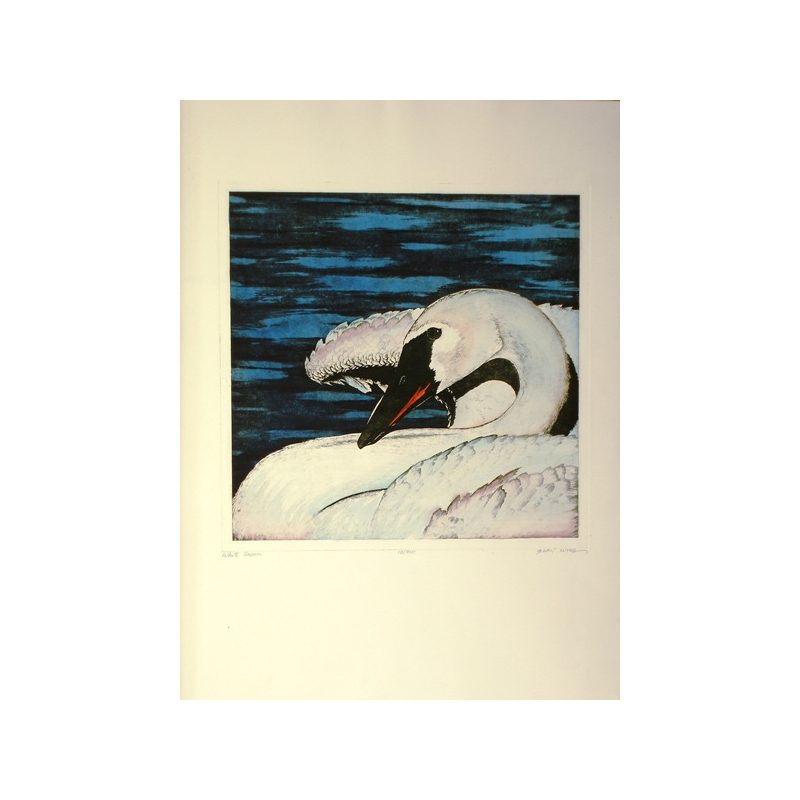
Romania
Before coming to the U.S. from Romania, Dan Mitra worked as a graphic designer for both motion pictures and the theater. He published graphics in various magazines, and won prizes in several art competitions in Italy.
Although he has excelled in such varied media as painting, sculpture, and drawing. Mitra first began to explore the field of etching after entering the U.S. A natural facility added to an intense enthusiasm assured him an immediate success. His subject matter covers a wide range topics, and he approaches it always from a decorative viewpoint and creates a pleasing addition to any interior by his distinctively fine line, unflawed technique and attention to subtle detail.
Dan has been doing etchings for many years and has perfected his technique. Each one is unique in that they are colored by hand and no two are ever exactly the same. He built his etching press himself and is extremely detailed in his work.
ETCHING PROCESS
The process required to produce these original etchings has changed little since Rembrandts day. It’s most salient feature is the uniquely fine line quality, a special trademark of the medium.
An acid resistant ground is spread over a metal plate. The image is carefully drawn through this ground with a fine point of a diamond needle. Special care must be taken when considering the composition, because in reverse.
The plate may be returned to the acid as many times as necessary to give a wide variety of tonal areas. Each time new changes are made, the surface must be recoated with asphaltum, completely stopping the previous lines to avoid a breaking down of the grooves.
When the plate is immersed in a nitric acid bath, only those areas where the ground has been removed are exposed to the corrosive action. These lines are eaten (etched) for various lengths of time to create different line depths, which will produce contrasting shades of light and dark to enhance the feeling of space.
When the etching process is finished, the ground is removed and the plate is inked and wiped clean. The lines below the surface hold ink and will produce the image. A dampened paper is then placed over the inked plate, and the two are run through the press simultaneously. The press is turned by hand, and only one print is produced at a time. The process is strictly manual and requires great skill and care.
If color is to be applied, a water color medium will give a subtler shade of color, than the mechanical process developed later of printing from several plates.
DAN MITRA
Showing all 4 results



